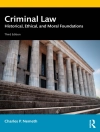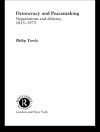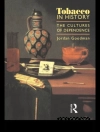Winner of the History of Science Society’s Watson Davis and Helen Miles Davis Prize in the History of Science.
From the early exploits of Teddy Roosevelt in Africa to blockbuster films such as March of the Penguins, Gregg Mitman’s Reel Nature reveals how changing values, scientific developments, and new technologies have come to shape American encounters with wildlife on and off the big screen. Whether crafted to elicit thrills or to educate audiences about the real-life drama of threatened wildlife, nature films then and now have had an enormous impact on how Americans see, think about, consume, and struggle to protect animals across the globe.
For more information about the author go to: http://gmitman.com/
Tabela de Conteúdo
Prologue
1 / Hunting with the Camera
2 / Science versus Showmanship on the Silent Screen
3 / Zooming In on Animals’ Private Lives
4 / Wildlife Conservation through a Wide-Angle Lens
5 / Disney’s True-Life Adventures
6 / Domesticating Nature on the Television Set
7 / A Ringside Seat in the Making of a Pet Star
8 / Global Visions, Tourist Dreams
Epilogue
Notes
Credits
Index
Sobre o autor
Gregg Mitman is the Vilas Research and William Coleman Professor of history of science, medical history, and environmental studies at the University of Wisconsin-Madison. He is an award-winning author, filmmaker, and teacher, whose interests span the history of science, medicine, and the environment in the United States and the world, and reflect a commitment to environmental and social justice. His recent works include Documenting the World: Film, Photography, and the Scientific Record (University of Chicago Press, 2016), Breathing Space: How Allergies Shape our Lives and Landscapes (Yale University Press, 2007), and Reel Nature: America’s Romance with Wildlife on Film, rev. ed. (University of Washington Press, 2009).












